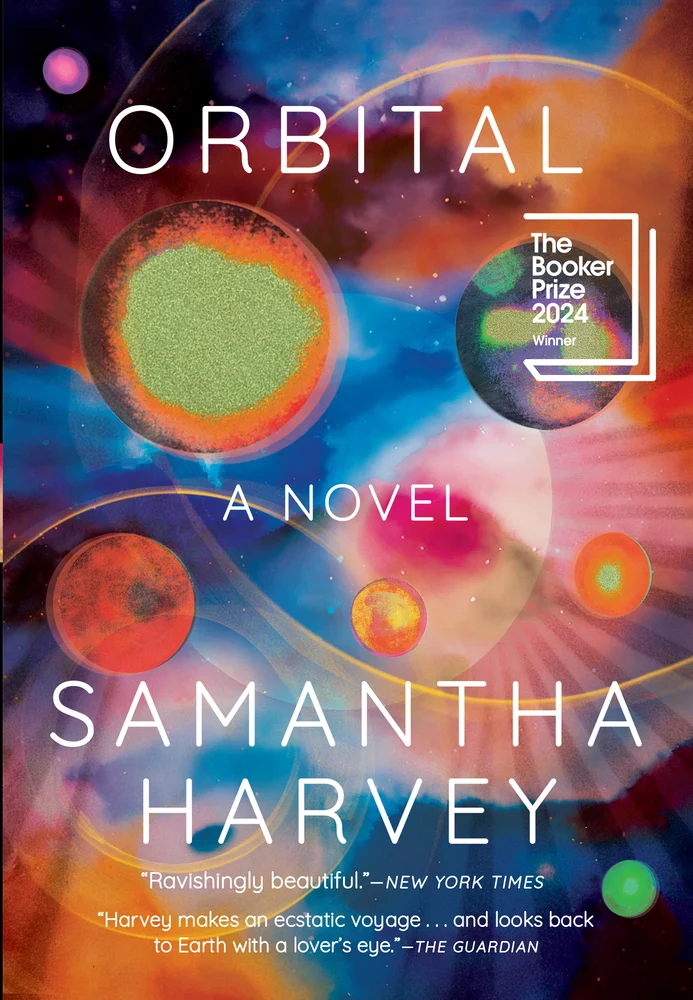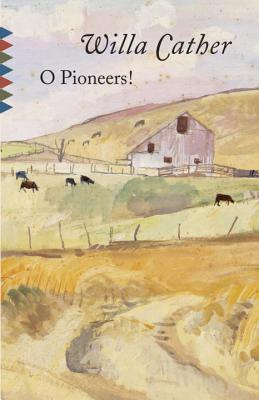Book by PAULA SAUNDERS
Reviewed by TESS CALLAHAN
Willa Cather once said, “Most of the basic material a writer works with is acquired before the age of fifteen.” I thought of those words while reading Paula Saunders’s cinematic debut novel, The Distance Home, which she has said is based on her fractured 1960s South Dakota childhood. Saunders draws from a deep well.
The Distance Home joins such recent novels as Adam Haslett’s Imagine Me Gone, Joyce Carol Oates’ A Book of American Martyrs, Ann Patchett’s Commonwealth and Elizabeth Strout’s My Name is Lucy Barton that explore family dysfunction. Saunders asks us to consider the violent underside of American drivenness and its impact on a family’s most vulnerable members.
The story opens with two sisters, the last of the family, driving across the South Dakota plains after burying their mother, and having previously buried their father and brother. The descriptions of “long-abandoned homesteads” with “roofs pitched eerily to one side” foreshadow the remembrance of their turbulent past.
At a reading I attended in Greece last August, Saunders said that as a Buddhist, she wrote the book as a sacred undertaking to understand what happened to her brother and why. “There was a lot of forgiveness in writing this book.”
She began the novel as a graduate student at Syracuse University and finished it decades later, having raised a family of her own. The work’s long gestation is evident in its dexterous language and distilled wisdom.
The novel charts the family’s decades-long rise from hardscrabble roots in a poor section of Old Fort Pierre, South Dakota to a stylish neighborhood of Rapid City, propelled by their workhorse father, Al, a cattle trader. Al sees his eldest child, Leon, a clumsy, tenderhearted stutterer, as a hindrance to his respectability and success. The boy is gradually, harrowingly, and at times nonchalantly, sacrificed to the gods of conformity.
Saunders takes us back to the early days of the couple’s marriage, when 18-year-old Eve lives as a “grass widow” in her in-laws’ basement while Al is out trading cattle. We see the roots of Al’s learned biases when his own father kicks him in the heel after his first big deal because some of the cattle he bought don’t have white faces.
‘Now, you know Herefords, traditionally, have the all-white face,’ Al explained to Eve that night when he got back home. ‘But there isn’t one iota of difference between a Hereford with an all-white face and a Hereford with a half-brown or even full-brown face. Not one. And those were some good cattle, Eve. Why, a guy couldn’t find any better than those cattle anywhere.’ Then he quieted and hung his head.
The sacred geography of the surrounding Black Hills, the narrator tells us, holds the “ghosts of Black Elk, Red Cloud, Kicking Bear, Gall, Rain in the Face, Spotted Tail, Crow King, Hump; ghosts of the Ghost Dancers and Wounded Knee, Standing Rock and Little Big Horn.” In such soliloquies, Saunders lets the landscape speak to us over the heads of the characters, showing us how little they understand of the immense tapestry of which they are a stitch.
When Leon is born “with olive skin and, from somewhere buried deep in the silence of the genetic line, the beautiful high cheekbones and broad nose of the Sioux,” we sense he has drawn a low card. Although the family is white, the mere suggestion of native “taint” signals Leon’s fate. Throughout the book, allusions to the cultural decimation of the local indigenous people act as a backdrop to Leon’s own inability to defend himself against forces beyond his control.
The hardworking parents yearn for happiness, but their short tempers turn minor fiascos, which might otherwise be funny, into rancorous explosions in which neither accepts blame.
They were suddenly a family of four in the little apartment below Al’s mother, and with the dirty diapers that now reliably occupied the toilet, needing either rinsing or soaking, life began to center on the plumbing. Al would come in from the road and, too tired half the time to see what was in front of him, urinate on the diapers, then flush.
Each parent openly favors a different child. Eve is protective of sensitive Leon, while Al is partial to the precocious, spitfire middle child René, the novel’s primary voice. The youngest, Jayne, is mostly spared by virtue of being overlooked. René tells us the “Black Bird of Anger” resides in their house.
It would alight on one of them after the other. And though, after stirring up blinding outbursts and deafening rages, the bird would finally lift, René began to realize that it wasn’t going anywhere. It was staying. It was simply perching somewhere out of the way, biding its time.
With each move, they climb another rung on the social ladder. The couple get along best when doing “the backbreaking, pleasant work” of building their future. When, to Al’s embarrassment, Eve signs up accident-prone Leon, now in grade school, for dance lessons to improve his coordination, the parents go to war. Leon gradually becomes a talented dancer, as does René. The fact that Leon is also good at sports doesn’t assuage the father’s anger.
Saunders originally wrote the novel in first person from René’s perspective, but Toni Morrison, her mentor at the State University of New York at Albany, where Saunders had a postgraduate Albert Schweitzer Fellowship, encouraged her to convert it to third person. The result is a fluid point of view that hones in on a character’s most intimate thoughts one moment and pans out to drone-like vistas the next. Like Morrison in Beloved, Saunders pulls back to panoramic historical refrains that add context. The narration functions as an offstage voice unobtrusively directing the reader’s attention.
They graduate to a rented house on the outskirts of Rapid City, another 90 miles west, a destination Al promises to be “a regular Garden of Eden.” Here Al invites an important rancher and his wife to dinner. The family gussies up for the performance, but Eve spoils the effect by blurting out that Leon takes ballet lessons. After the guests leave, Al lets loose.
‘Those people mean business for me, Eve, and food for your big mouth. You know how many head of cattle that man moves in a month? In a year? No! No, you don’t! Because everything’s just given to you, no questions.’
‘No questions? I get nothing but questions—questions and accusations. No matter what I do! No matter how I work and sacrifice and do without! Nothing’s ever good enough for you, is it, Al? Nothing’s ever just right, not even your own son.’
While Leon overhears his parents, the narration flashes forward to him as an adult—a bleak picture. Such jumps in time, which occur throughout the novel, are often illuminating, but several, including this one, feel out of step with the book’s subtlety.
One of the book’s most compelling scenes is delivered through Eve’s eyes, a brilliant point of view choice. She watches 14-year old Leon get into a car and drive off for the evening with a trusted photographer who had taken pictures of him in the dance studio. Suddenly Eve realizes she doesn’t have the man’s phone number or address. For several hours, she paces and panics. Her delayed reaction to the early warning signs and subsequent effort to rationalize her fears telegraph what is likely occurring off camera.
‘By ten-thirty Eve felt light-headed and feverish, damp with sweat. There was a phrase that kept coming back to her, ringing in her ears, something about boys…boys…just boys. Just us boys. That was it. That’s what he’d said, she realized, when Leon had changed costumes under the lights. Just us boys. Then he’d laughed.’
The next day, Leon quits the only thing keeping him afloat—ballet. A later flash-forward of Leon’s adult memory of the encounter is anticlimactic, as we have already inferred everything needed from Eve’s observations.
Finally, the family buys “a two-story house in a real neighborhood” in Rapid City proper. Things do not go well for Leon as the new kid in junior high. He begins pulling out his hair. The tension between Al and Eve escalates in proportion to the boy’s disfigurement. René, now on the cusp of adolescence, tries to distract her parents from poor Leon with her increasingly impressive achievements in the classroom and on the dance floor. But witness to so much pain, she lies in bed at night and formulates the central question of the book: Where does all the hurt and anger go over time?
‘Did it just disappear as a person grew older, dissolving in a mist of resignation and forgetfulness? Or did it crystallize, so that you carried it with you, building layer upon layer as the years went by, each incident adding to a more solid core of pain, until you came to face the world more rock than flesh?’
Dance—which she discovers is not at all about freedom or self-gratification, but about discipline, purpose and clarity—proves her only reliable rudder. Her teacher, a big person with big dreams, helps René see beyond the fishbowl of her household.
Through fierce devotion to practice, René demonstrates what Twyla Tharp meant when she said, “Art is the only way to run away without leaving home.” Like Saunders, she will arrive at adulthood before her time with years to reflect on how she survived while others did not.
Following her reading in Greece, Saunders was interviewed by her husband, George Saunders. Saunders revealed that, like René, she went on to dance professionally in New York, but her brother, who never danced beyond high school, had been the more natural talent.
During a small but significant moment near the end of the book, René reads “The Lottery” by Shirley Jackson in English class and finds it “sad and disturbing and totally unnecessary. Plus it made no sense. No one deserved that.” The reader is trusted to connect the dots. We leave this tender and arresting novel asking ourselves where the cruelty of the sort depicted in “The Lottery” exists in our lives, and whom we have sacrificed in pursuit of a better harvest.
Tess Callahan is the author of the novel April & Oliver. Her work has appeared in AGNI, Narrative Magazine, The New York Times Magazine, Writer’s Digest, AWP Notebook and NPR’s 3-Book Series. She is a TEDx speaker on creativity.




